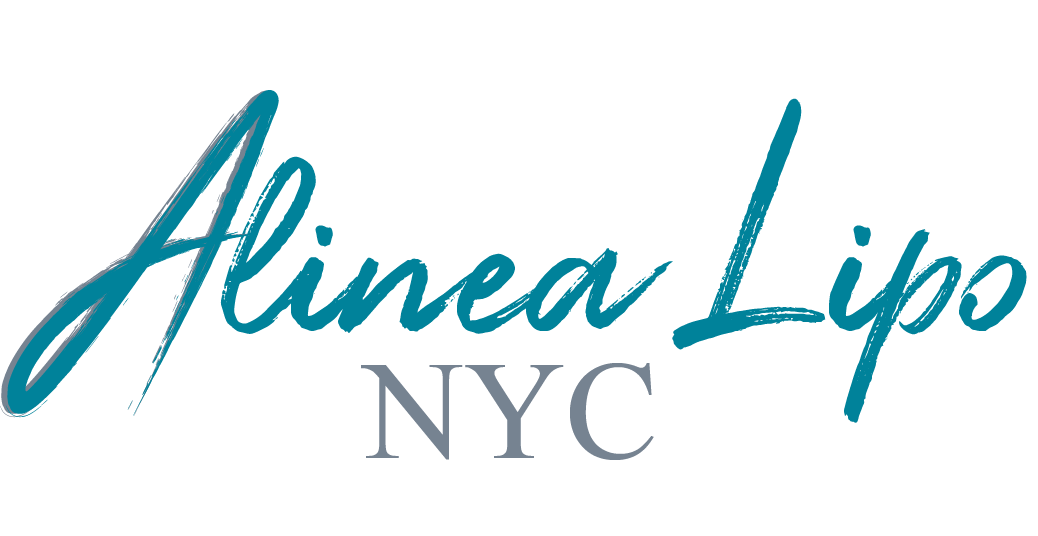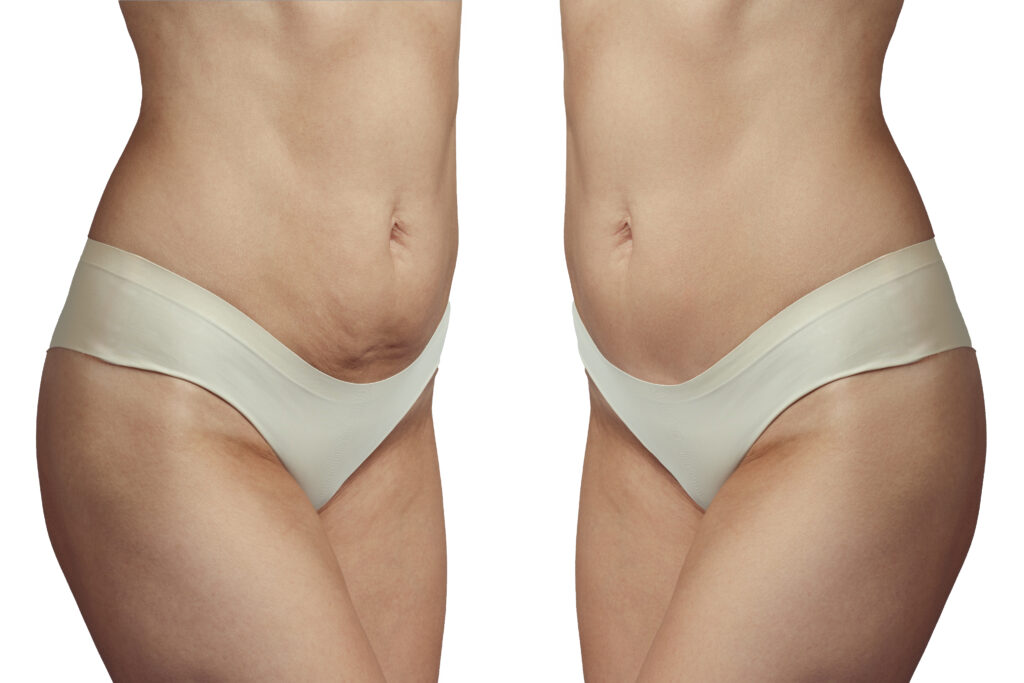
Eliminating stomach fat can be a slow and frustrating process. Stomach fat is one of the most difficult areas to tone and reduce. Even with a strict diet and regular exercise, some people still struggle with stubborn belly fat that simply won’t respond. Stomach liposuction offers a targeted, medically proven way to remove stubborn fat and sculpt a flatter, more defined abdomen.
This guide walks you through everything you need to know about stomach liposuction, from why stubborn belly fat lingers, to the advanced techniques used at Alinea Lipo, to what recovery is like and how long it takes to see the final results.
Why Stubborn Belly Fat Doesn’t Budge
Multiple factors can affect how and where your body stores fat, especially around the stomach. These factors typically include hormones, genetics, stress, and aging. This can be frustrating, especially for people who follow strict diets and exercise regularly, as the belly area often remains resistant to change despite their best efforts.
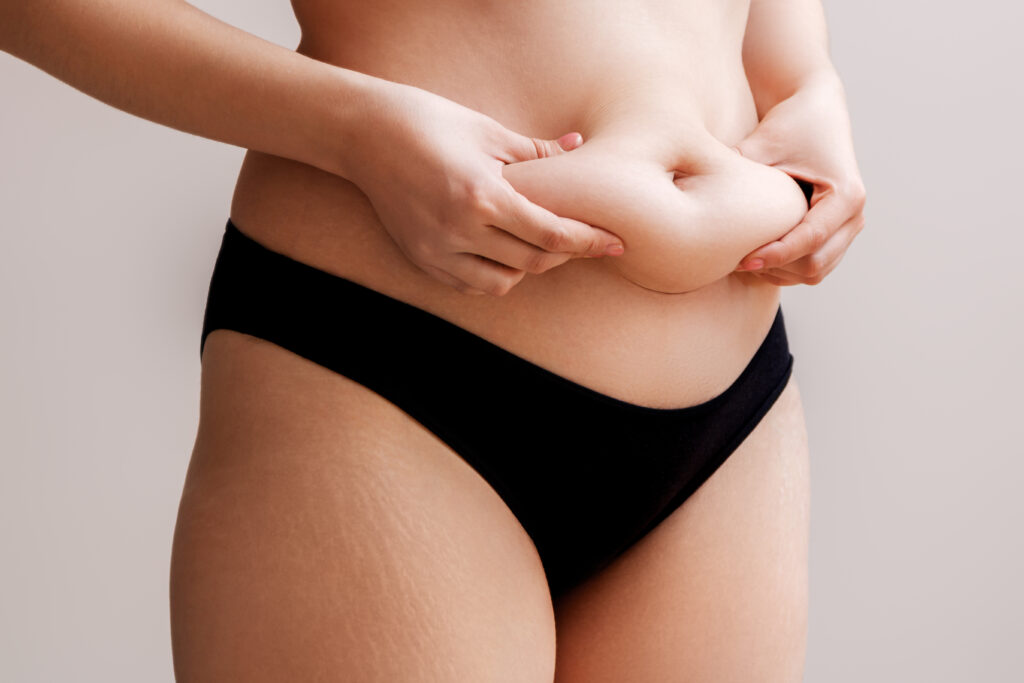
Over time, it can start to feel like certain parts of your body just aren’t responding, no matter how consistent your routine is. A stomach liposuction procedure is often a reliable option for addressing localized fat deposits that do not respond to diet or exercise alone.
Different Stomach Liposuction Techniques at Alinea Lipo
Stomach liposuction is a form of belly fat removal surgery aimed at sculpting the midsection by targeting areas where fat tends to be most persistent. This includes both the upper and lower portions of the stomach, where fat often proves resistant to diet and exercise.
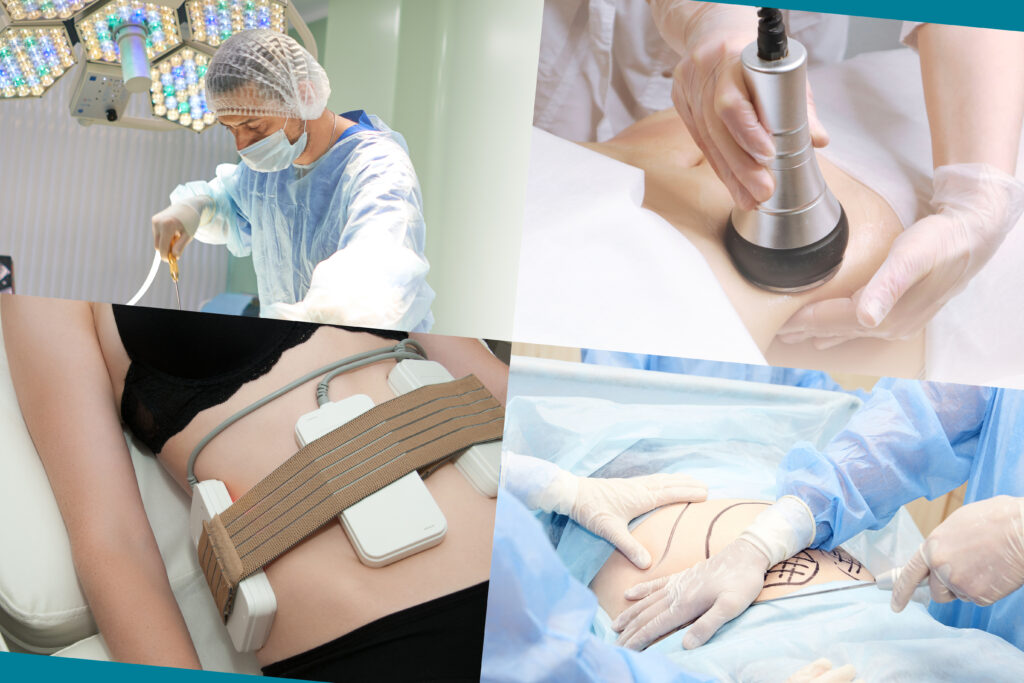
At Alinea Lipo, they offer a range of advanced liposuction technologies tailored to individual patient needs. Here’s a helpful breakdown of each technique and how it contributes to safer, more precise abdomen liposuction:
Power-Assisted Liposuction (PAL)
Power-Assisted Liposuction (PAL) uses a vibrating cannula to gently break up fat cells before removal. This mechanical motion allows the surgeon to dislodge fat more efficiently and with greater control, reducing the need for aggressive manual movement.
For patients undergoing abdomen liposuction, PAL offers a gentler, more controlled approach—ideal for achieving refined results with less swelling and downtime.
Ultrasound-Assisted Liposuction (UAL)
Ultrasound-Assisted Liposuction (UAL) uses sound wave energy to break down fat cells by liquefying them before removal. This technique is particularly effective for the lower stomach, where dense or stubborn fat tends to accumulate and may be more difficult to remove with traditional methods.
Additionally, UAL allows for smoother fat extraction with less disruption to nearby tissues, reducing post-op discomfort and supporting more precise sculpting of the midsection.
Laser-Assisted Liposuction (SmartLipo)
SmartLipo, or Laser-Assisted Liposuction, delivers laser energy beneath the skin to liquefy fat and trigger collagen remodeling. This not only makes fat easier to extract but also stimulates collagen production in the surrounding tissue. As a tummy laser lipo technique, it’s especially effective for sculpting the abdomen while helping the skin retract more smoothly post-procedure.
Tumescent Liposuction
Tumescent Liposuction uses a fluid mixture containing local anesthetic and epinephrine, which is injected into the fat layer before suction. This causes the tissue to become firm and swollen (“tumescent”), making fat removal more efficient while reducing trauma to blood vessels. The technique offers excellent control and patient comfort during abdominal contouring.
What Stomach Liposuction Recovery Really Looks Like — and Tips to Heal Faster
Following your stomach liposuction procedure, it’s crucial to understand the recovery timeline and follow post-operative instructions closely in order to optimize healing and support long-lasting results. Below is a week-by-week breakdown of what your stomach liposuction recovery will typically involve, what to expect at each stage, and the steps you can take to promote the best outcome.

Days 1–7: Compression, Swelling & Rest
The first few days will involve some expected discomfort, such as swelling, soreness, and light drainage. Compression garments are essential during this stage as they reduce swelling and improve how your skin contracts over your new contour. Take slow, short walks daily to encourage blood flow.
Surgeon tip: Sleep on your back with your upper body slightly elevated to help reduce abdominal swelling.
Weeks 2–4: Bruising Fades, Energy Returns
By the second week, you’ll likely notice a significant reduction in bruising and overall discomfort. Many patients resume light work duties and daily tasks during this time. Gentle movement, such as walking or stretching, can support circulation and reduce stiffness. However, it’s important to avoid more intense physical activity unless cleared by your surgeon.
Compression garments should be worn consistently, as they continue to play a key role in guiding the skin’s healing and shaping process. Follow-up visits remain critical for monitoring your progress and adjusting care as needed.
Months 2–6: Final Contour & Skin Tightening
By this stage, most of the swelling has gone down, and the results of your belly fat removal surgery are now more visible. The fat removed during the procedure is permanently gone, and the skin continues to tighten, particularly in cases where SmartLipo or J-Plasma was used.
Scar maturation also begins during this period, with most incisions becoming less noticeable over time. Consistently attending your follow-up consultations is recommended to evaluate your progress and explore any next steps to maintain or enhance your results.
Stomach Liposuction Recovery Do’s and Don’ts to Maximize Results
The weeks following your stomach liposuction are critical to achieving the smooth, sculpted results you’re looking for. Knowing what to do and what to avoid makes a significant difference in how your body heals and how long your results last. To support a complication-free recovery and high-quality results, here’s an outline of the most important post-surgical protocols below.
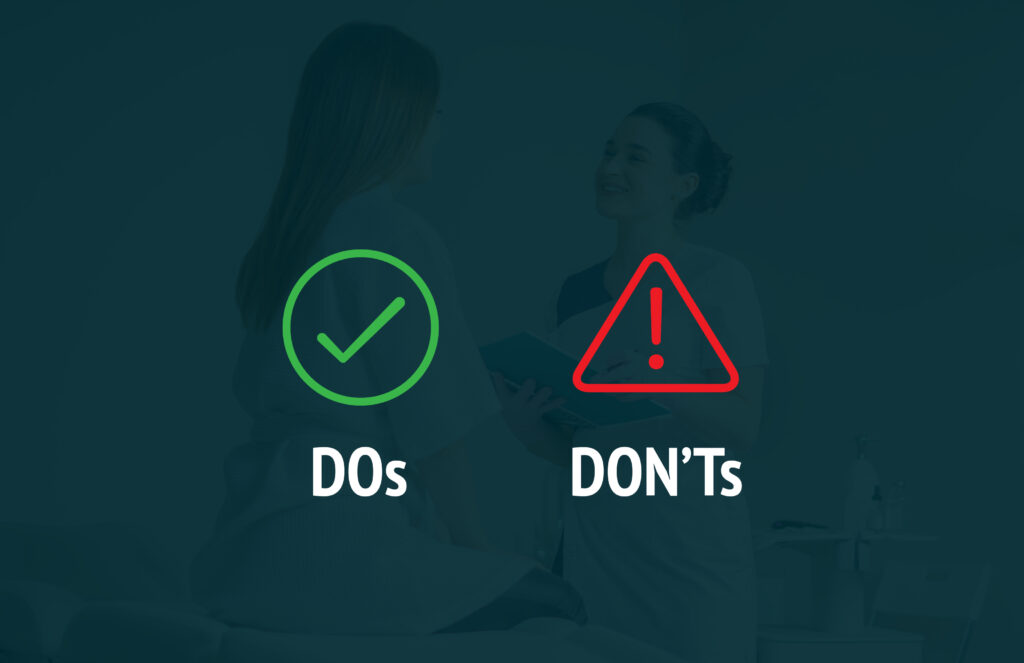
| ✅ Do’s | ❌Don’ts |
| Wear your compression garment consistently: Compression garments help reduce swelling, improve circulation, and support skin tightening. Wear it exactly as your surgeon instructs—typically for several weeks post-surgery.Follow your prescribed medication and aftercare routine: Take all medications as directed to manage discomfort and minimize infection risk. Keep incisions clean and dry, and attend all follow-up appointments.Walk lightly and frequently: Short, gentle walks help improve blood flow and reduce the risk of blood clots. Movement also supports lymphatic drainage, which helps reduce swelling.Sleep elevated: Resting with your upper body elevated reduces fluid accumulation in the abdominal area and supports faster resolution of swelling.Stay hydrated and eat a nutrient-dense diet: Proper hydration and nutrition promote tissue repair and energy levels during recovery. | Avoid doing intense physical activity too soon: Avoid heavy lifting, running, or vigorous workouts until your surgeon gives you clearance, usually 4 to 6 weeks post-op.Don’t remove your compression garment prematurely: Removing it too soon can compromise your results by allowing fluid to accumulate or skin to sag during healing.Don’t apply creams or ointments on incisions unless your surgeon recommends it: Some over-the-counter products can interfere with healing or cause irritation. Always follow your surgeon’s guidance.Don’t smoke or drink alcohol: Both can impair circulation and slow the healing process, increasing the risk of complications or visible scarring.Don’t ignore warning signs: If you experience excessive swelling, pain, redness, or discharge, contact your surgeon immediately, early intervention prevents more serious issues. |
Key Takeaways
Whether you’re struggling with post-pregnancy belly fat, age-related changes, or stubborn pockets that don’t respond to diet and exercise, stomach liposuction offers a safe and proven path forward. Modern techniques like SmartLipo and PAL make it possible to target these areas with precision—sculpting a more defined waistline with less downtime and long-lasting results.
At Alinea Lipo NYC, every stomach liposuction procedure is customized by expert surgeons using advanced technology and patient-first care. If you’re ready to take the next step, schedule a personalized consultation today to explore your options and receive a treatment plan built around your goals.
